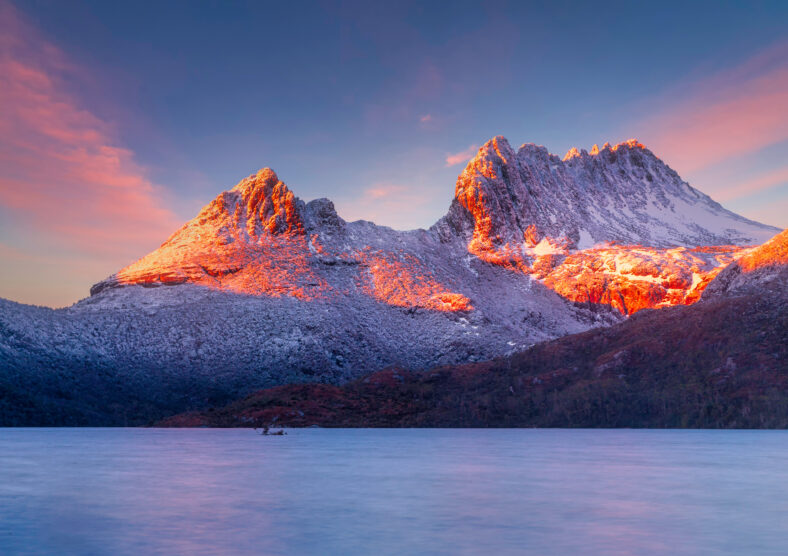Tropical Plant Fossils From A 53-Million-Year-Old Forest Were Found In Tasmania

The remains of a 53-million-year-old “polar forest” were unearthed during excavations near Macquarie Harbor in western Tasmania.
A number of tropical plant fossils were found, including two species of conifer that were previously unknown to science.
The findings shed light on the evolution of southern rainforests during the Eocene epoch (56 million to 33.9 million years ago) when the average global surface temperatures were 80 degrees Fahrenheit, and the southern continents of the world made up one giant landmass around the South Pole.
“This discovery offers rare insights into a time when global temperatures were much higher than today,” said Miriam Slodownik, a co-author of the study and a paleobotanist from the University of Adelaide in Australia.
“Tasmania was much closer to the South Pole, but the warm global climate allowed lush forests to thrive in these regions.”
The latest plant fossil discoveries suggest that tropical plants from the polar forest moved north as the continents separated, creating rainforests that still exist today.
Researchers excavated over 400 plant fossils and examined them at the Paleobotany Laboratory at the University of Adelaide.
They used advanced microscopes and ultraviolet photography to reveal intricate details of well-preserved leaves and cellular structures. They were able to identify 12 different fern and tree species.
“The most spectacular fossils are relatives of the Kauri, Bunja, and Wollemi pines that give clues about the evolution of these iconic Australian trees,” said Slodownik.

Sign up for Chip Chick’s newsletter and get stories like this delivered to your inbox.
At least nine of the 12 plant species were conifers, including two newly identified extinct species: Podocarpus paralungatikensis and Araucaria timkarikensis.
The two extinct tree species were named in the Aboriginal language of Tasmania to honor the land’s Indigenous inhabitants. Paralungatik is the original name of Macquarie Harbor, and Timakarik is the name of the Strahan area.
Most of the species were ancestors of flora that currently exist in Australia, New Zealand, and South America. These three landmasses stayed together after the ancient supercontinent Gondwana broke up. They remained connected until at least 49 million years ago.
“The analyses showed how these plants adapted and thrived across the Southern Hemisphere in warm, ice-free conditions, even with the extreme seasonal changes near the polar circle,” said Slodownik.
As the Earth cooled and the polar regions became covered with glaciers, the landmass now known as Australia drifted to the north, carrying the plants toward the equator, where they evolved into the plants that populate Australia today.
They grew large leaves to absorb more sunlight and became deciduous to preserve resources during the winter in low-light conditions.
Overall, the plant fossils not only reveal the diversity of the ancient Tasmanian forest, but they also tell of the wider changes in climate and tectonic plates that occurred across the globe over millions of years.
The study was published in the American Journal of Botany.
More About:News





